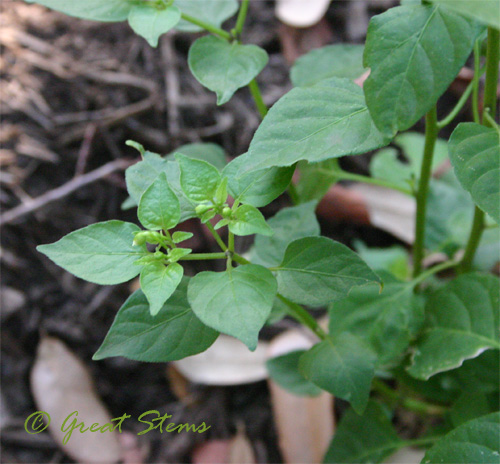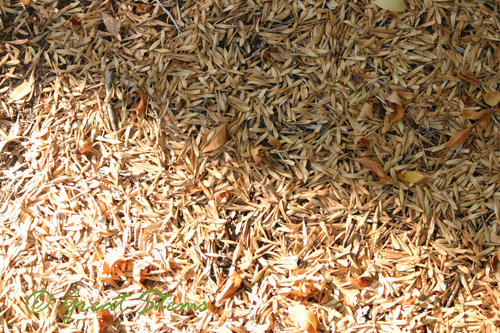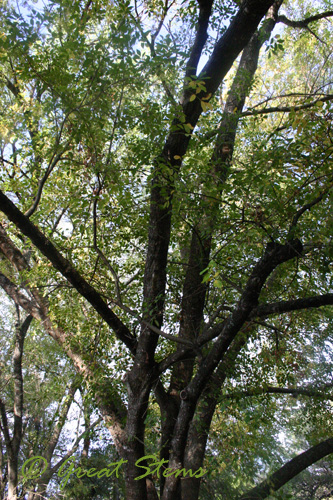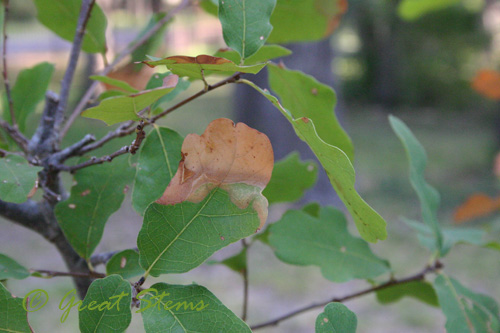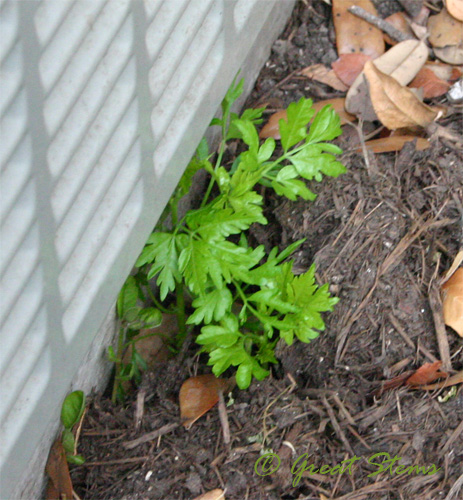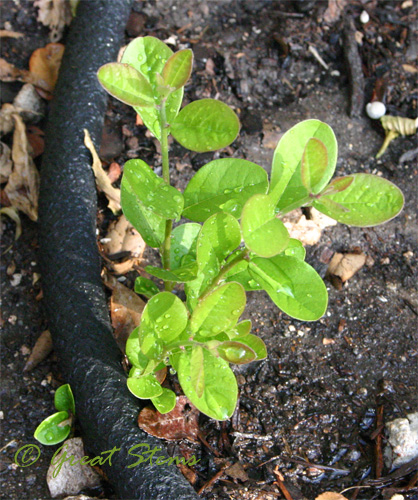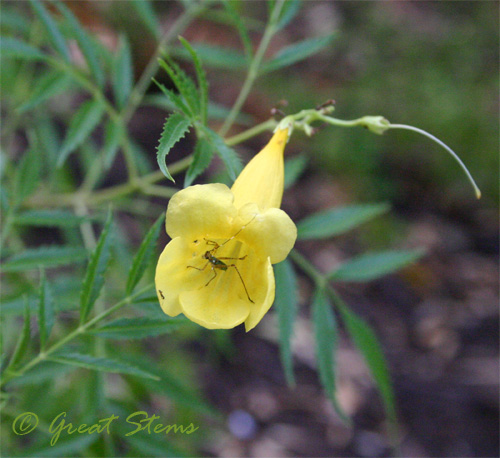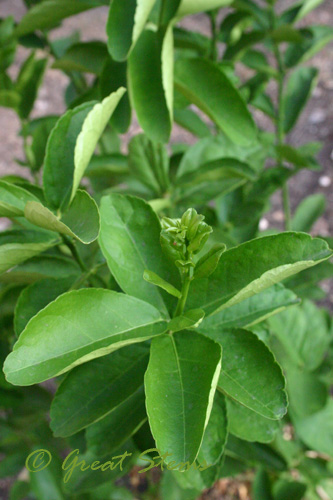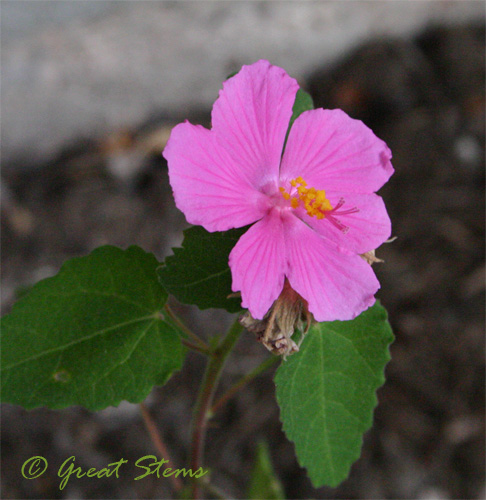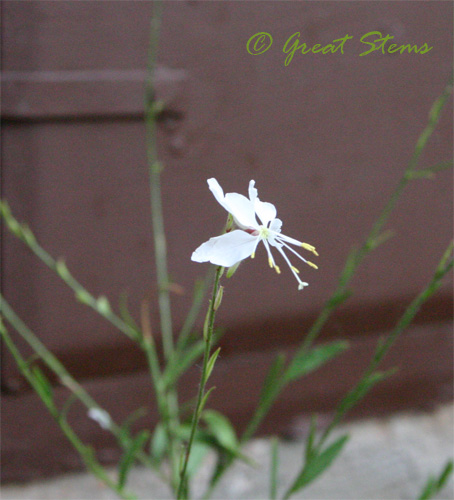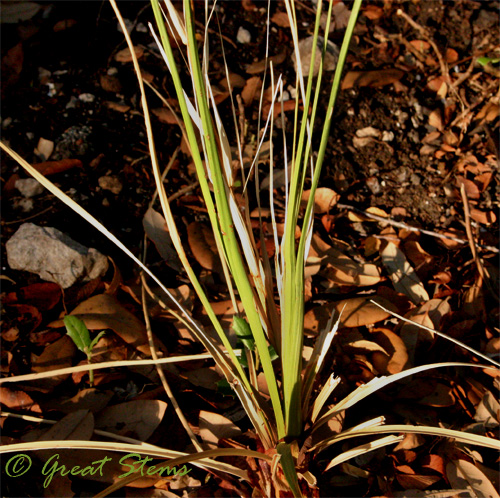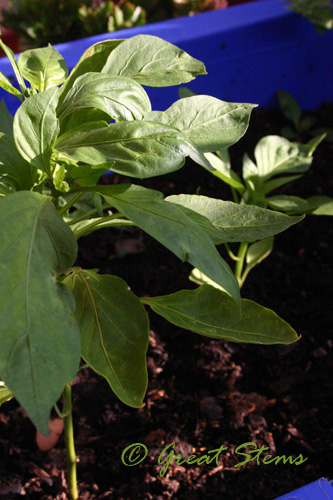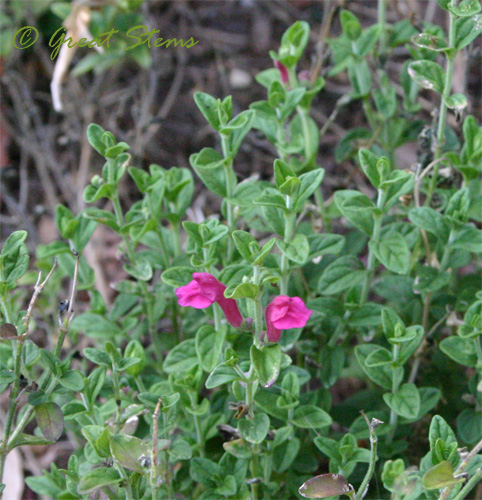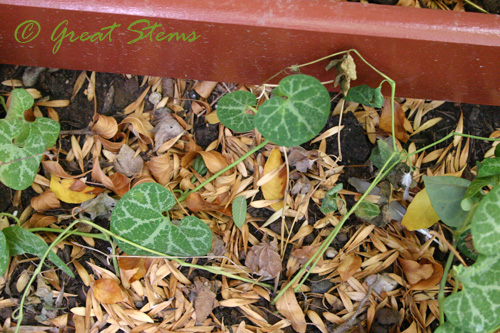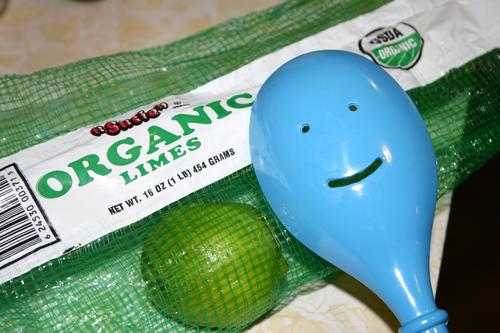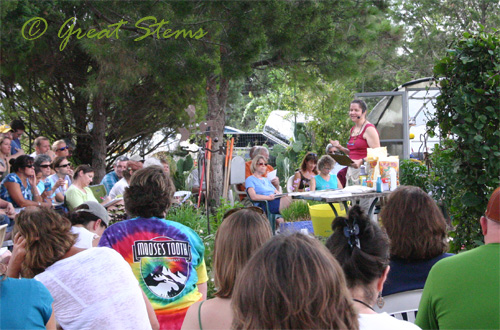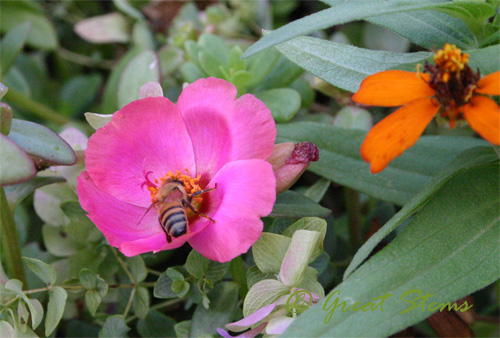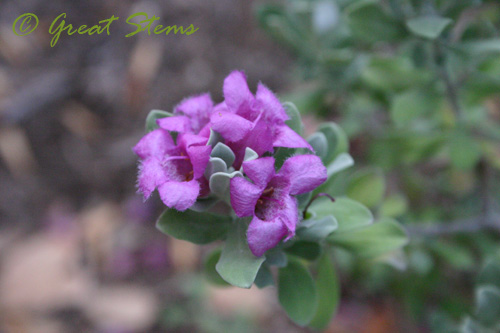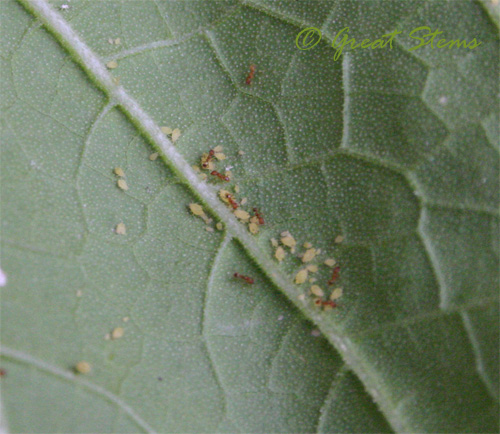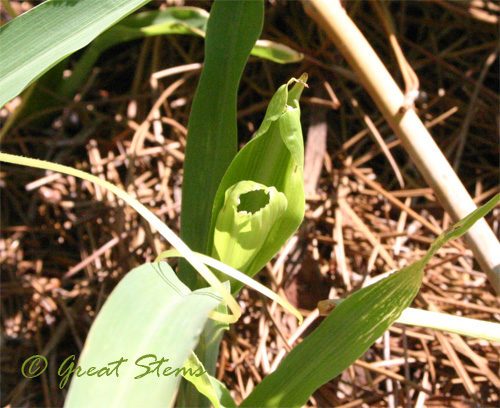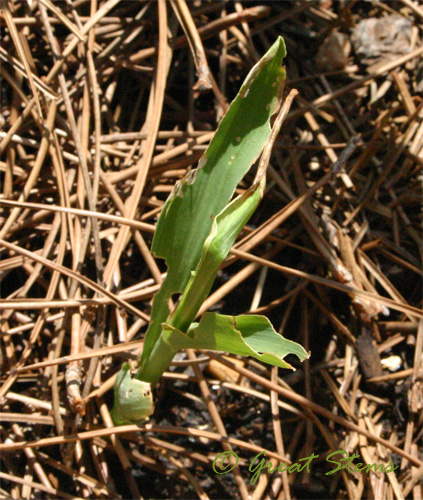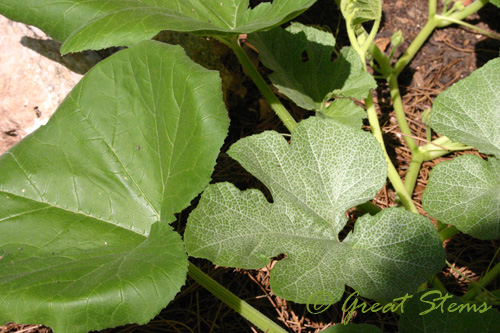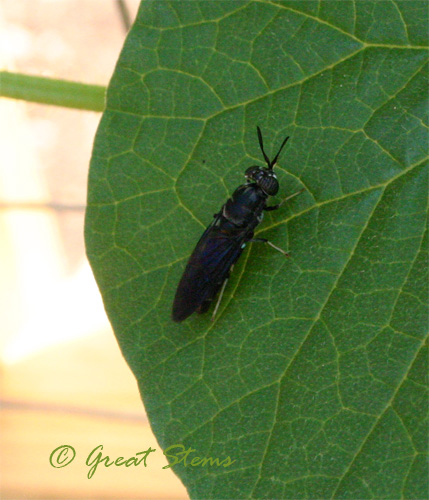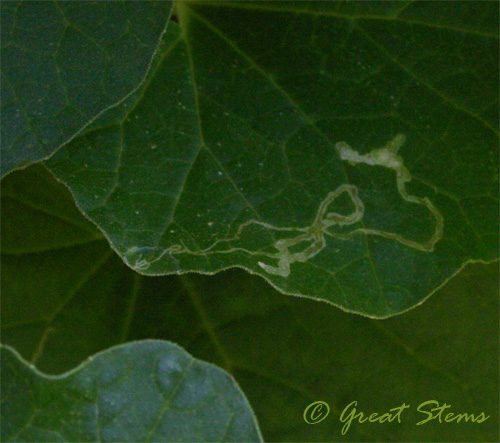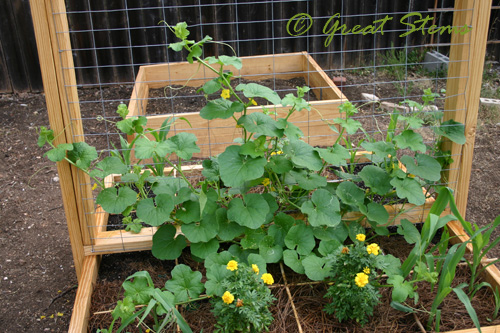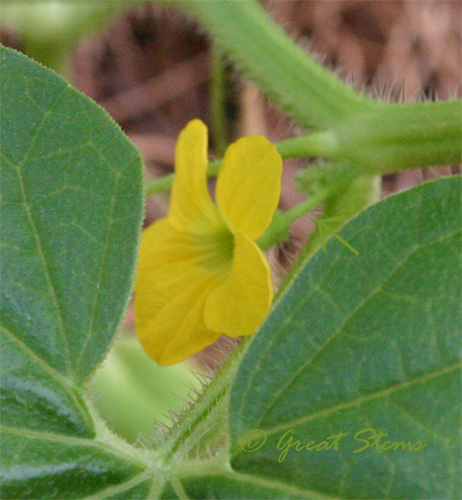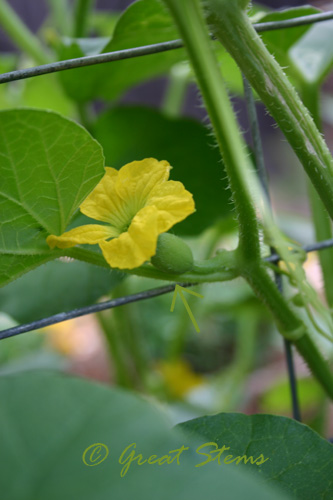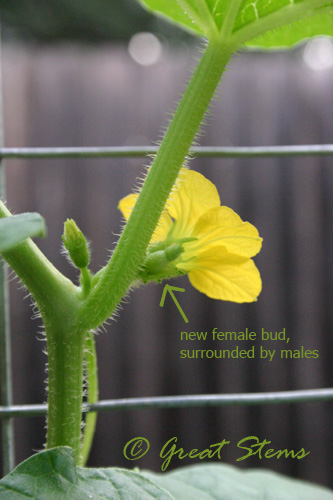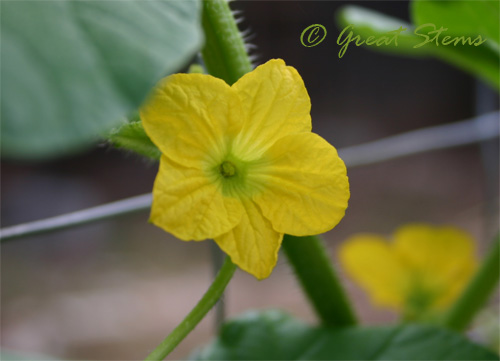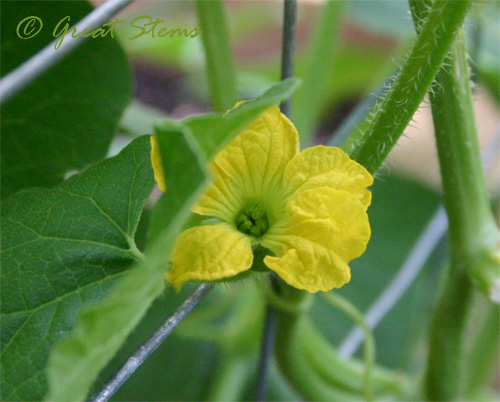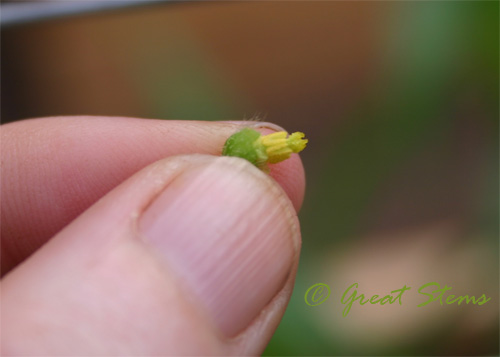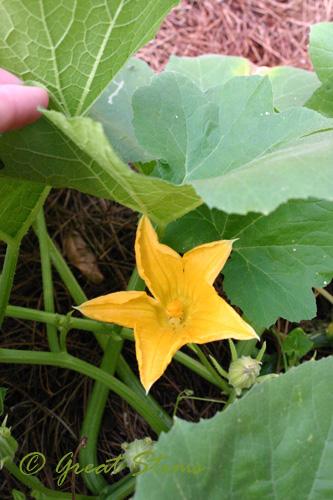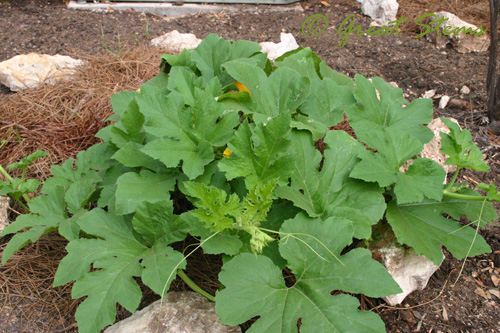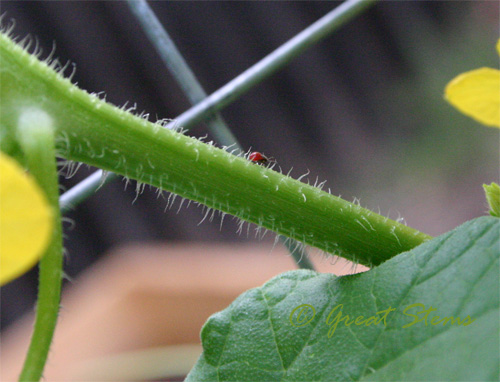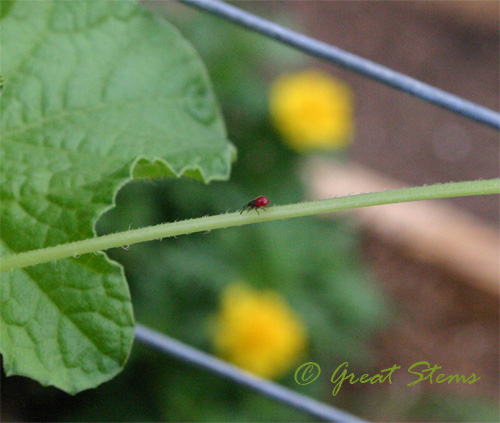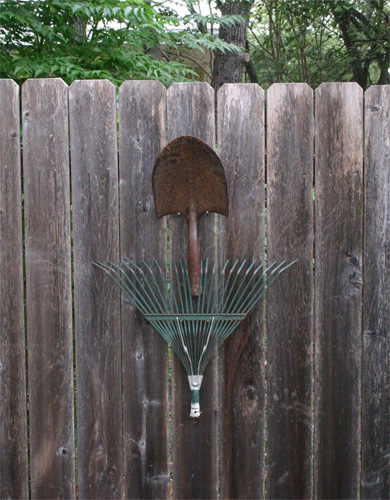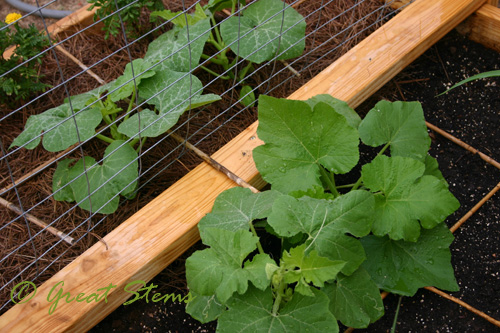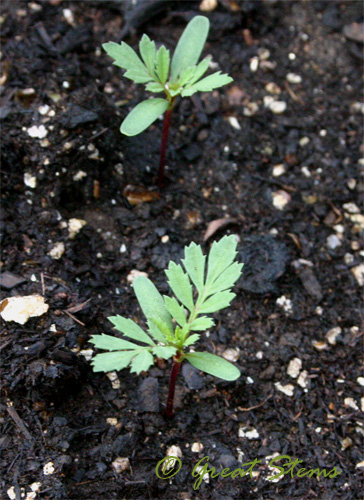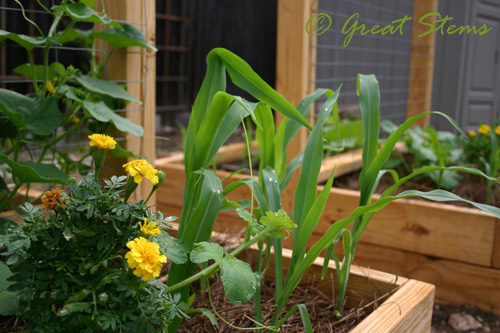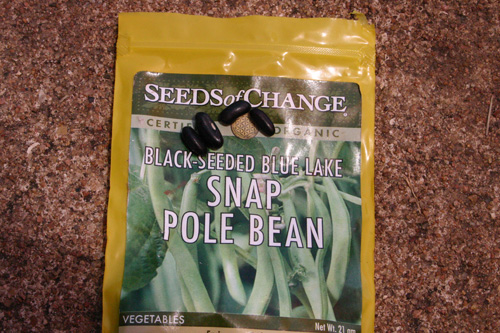“A Watched Cantaloupe Never Fruits”
Yesterday I joined many Austinites for another veggie class, this time taught by Master Gardener Patty Leander. During her excellent presentation, Patty covered a lot of information regarding specific fall crops recommended for central Texas. I particularly appreciated the various resources available as printouts, such as lists of recommended seed varieties and good seed resources (you can find these pages at the Central Texas Horticulture website, under Gardens & OrchardsàVegetables; also adding to my sidebar, even though it’s by Aggies). Caroline from the Shovel-Ready Garden was there, as well as Master Gardeners and Austin Garden Bloggers Bonnie from Kiss of Sun and Vicki from Playin’ Outside. I heard rumors of there being other local garden bloggers there, too, but I didn’t get to meet up with them.
After the presentation, we chatted for a bit, even talking about my cantaloupe worries and laughing about the plant sex thing. None of us knew what to expect for pollen from male cantaloupe flowers, nor whether I should be concerned about the potential hybrid-ness of my cantaloupe and the sterility of my plants’ male flowers. So basically I went home still on the same path of “wait and see.”
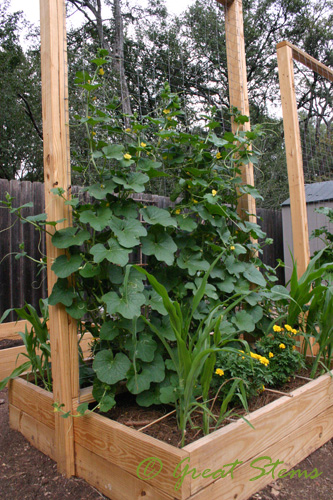 Not really wanting to feel sad that my female cantaloupe flowers were pining for potentially potent pollen, I put off visiting my garden until late in the day, then decided to go out and squish a few bugs. I’d had the kids watering the veggie garden for the past few days, so I was out of touch, and the bugs seemed to figure it out. The aphids are spreading, I might have some red dots that could be spider mites on my big pumpkin plants, and the little as-yet-unidentified red bugs on my cantaloupes are getting more numerous, along with their larger black versions. So I did a little veggie “debugging.” Sweat bees are still my tiny little pollinating buddies – I check the inside of a flower before I do any additional hand pollinating.
Not really wanting to feel sad that my female cantaloupe flowers were pining for potentially potent pollen, I put off visiting my garden until late in the day, then decided to go out and squish a few bugs. I’d had the kids watering the veggie garden for the past few days, so I was out of touch, and the bugs seemed to figure it out. The aphids are spreading, I might have some red dots that could be spider mites on my big pumpkin plants, and the little as-yet-unidentified red bugs on my cantaloupes are getting more numerous, along with their larger black versions. So I did a little veggie “debugging.” Sweat bees are still my tiny little pollinating buddies – I check the inside of a flower before I do any additional hand pollinating.
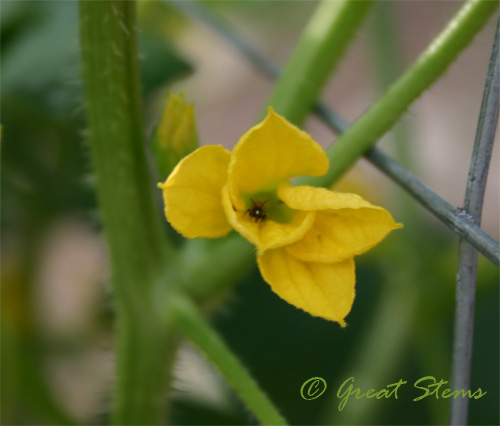
My cantaloupes are very prolific bloomers.
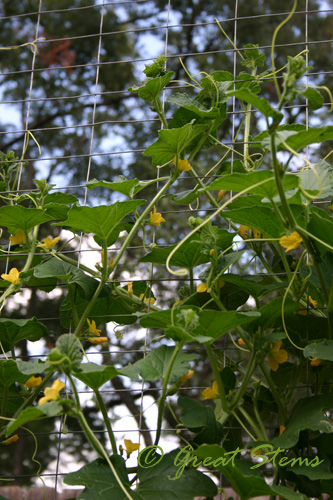 And then I saw it. This cute hairy little bulb on the female flower. It was a little bigger and noticeably more fuzzy than ones in previous days.
And then I saw it. This cute hairy little bulb on the female flower. It was a little bigger and noticeably more fuzzy than ones in previous days.
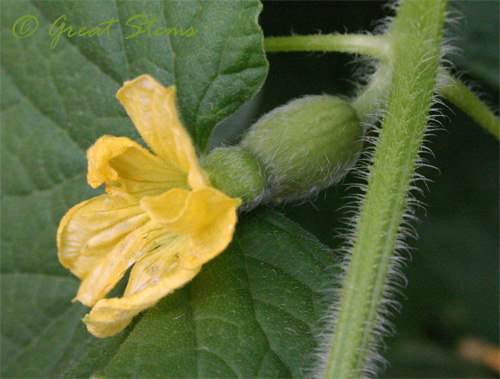 And as I inspected a little more, I found an even larger one!
And as I inspected a little more, I found an even larger one!
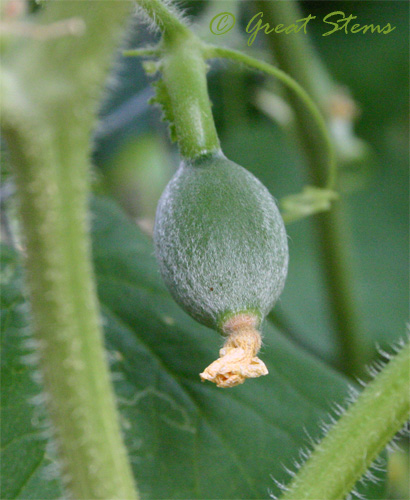 And another one!
And another one!
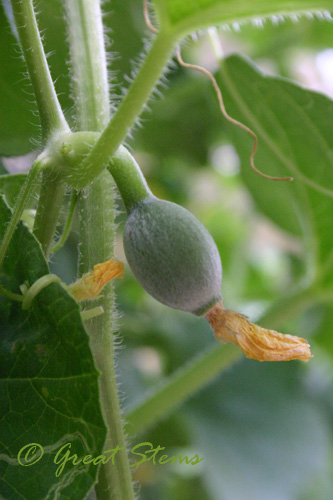 Could they be… pollinated?!!! Or are they just teasing me? Will non-pollinated ovaries grow in size for awhile?
Could they be… pollinated?!!! Or are they just teasing me? Will non-pollinated ovaries grow in size for awhile?
But then I about screamed when my eyes fell upon this one. I almost tackled my 12-year-old as I ran for the camera.
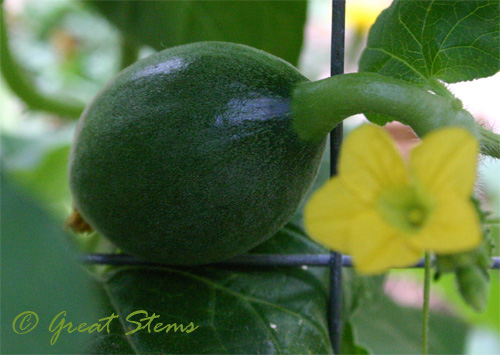 It’s bigger than a golf ball!
It’s bigger than a golf ball!
Does this mean I might have normal cantaloupe after all? Or could they become goofy-shaped strange-tasting hybrid freaky fruits? I know, I know — wait and see. No matter what happens, I’m having fun, and that’s worth the price of all that soil I put in those raised beds.
In other veggie-odd news, my sugar pumpkins have bigger leaves than my jack-o-lantern pumpkins. They have many buds, both male and female, but only the first males are just now blooming, to my knowledge. Weird. Of course, they could have been blooming while my back was turned.
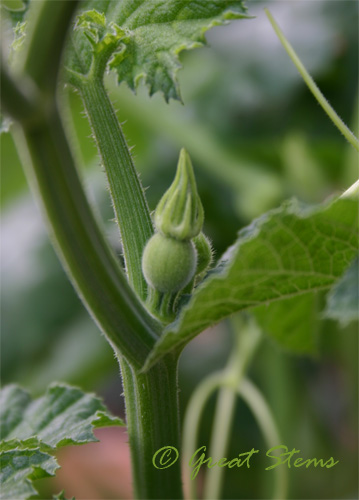
And I found the first female buds on the jack-o-lantern pumpkins. I bet those male flowers are excited. J
Pole beans are growing. Corn’s growing. One is sending up something through the center of its stalk – hopefully a good something and not a worm.
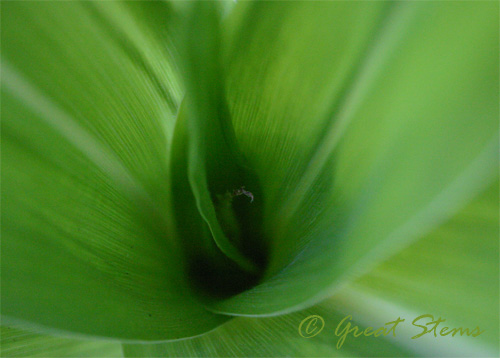 And I’m canta-loopy. Time to read up on when to reduce watering and how many fruit I should remove from the plant to maximize the sweetness of those that remain. Is it one cantaloupe per vine or one per plant for max sweetness? I hope one per vine.
And I’m canta-loopy. Time to read up on when to reduce watering and how many fruit I should remove from the plant to maximize the sweetness of those that remain. Is it one cantaloupe per vine or one per plant for max sweetness? I hope one per vine.
Assuming I’m not actually growing Audrey 2, that is.
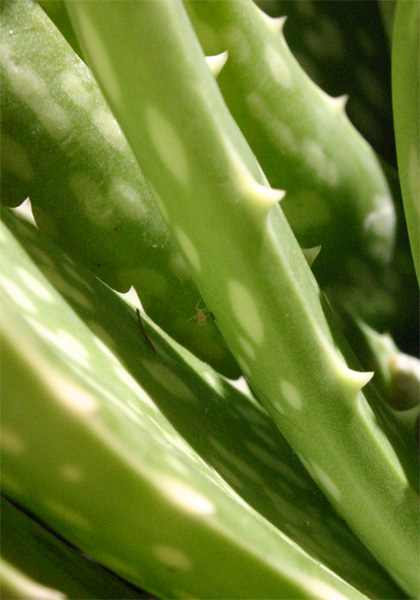
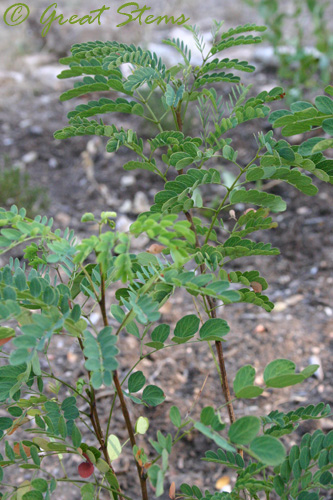
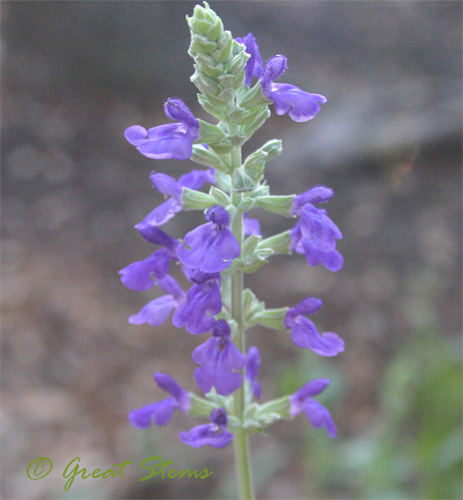
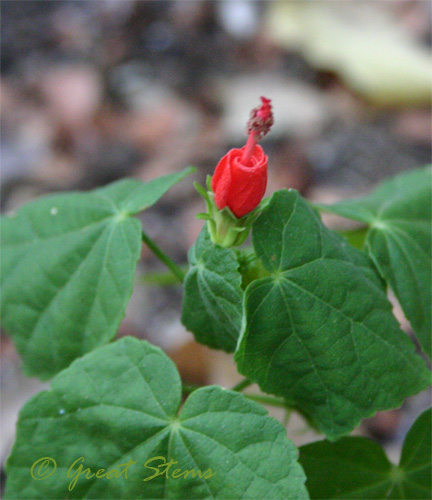
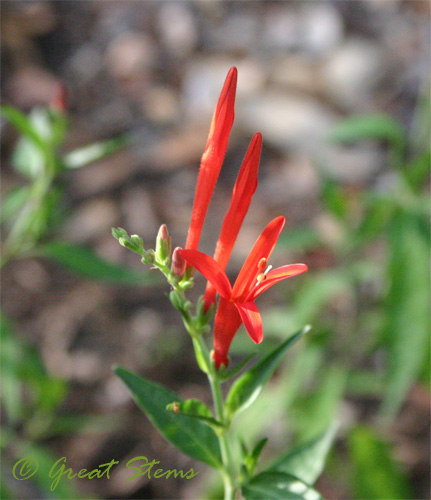
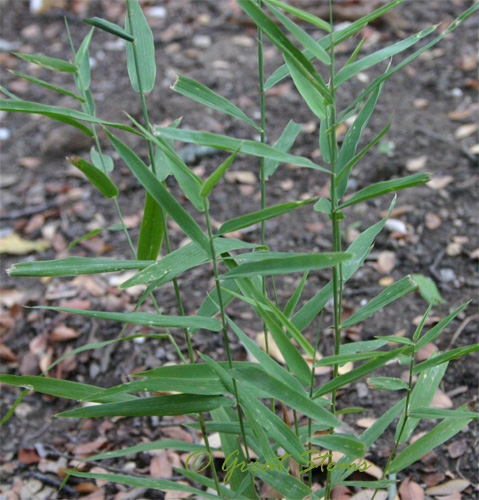 The Challenge: Surviving where others have failed
The Challenge: Surviving where others have failed